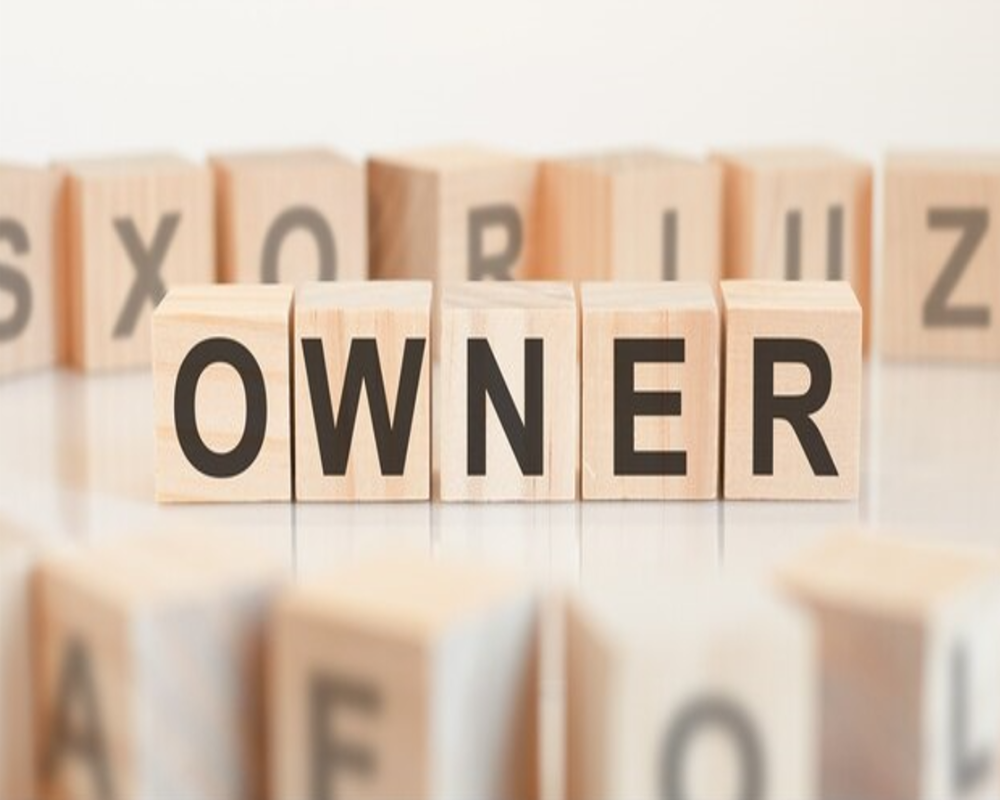1. Standard Legal Term
- The legally recognized term is sole proprietor
- This indicates that the individual is both the owner and controller of the business
- The sole proprietor is fully responsible for all operations and liabilities
- This term is used in business registration, licenses, and contracts
- It identifies the business as individually owned
2. Commonly Used Titles
- Apart from “sole proprietor,” people may use owner, founder, or proprietor
- These terms are informal but accepted in daily business language
- “Proprietor” is commonly used on business cards and signage
- In correspondence, owners often sign as “Proprietor – [Business Name]”
- These variations help in communicating the ownership role
3. Role and Responsibilities
- The sole proprietor is in charge of all business decisions and strategies
- They manage daily operations, hiring, customer service, and purchases
- The business has no separate legal identity from the proprietor
- Their name is often used for contracts and agreements
- The responsibilities rest entirely on the proprietor’s capacity
4. Usage in Official Documentation
- In applications for bank accounts, licenses, and business registrations, the term “sole proprietor” is used
- The owner’s name is listed along with the business or trade name
- Identity proofs are submitted in the owner’s personal capacity
- Documents often mention “Proprietor Name” followed by “Business Name”
- This ensures clarity in the legal recognition of ownership
5. Recognition in Business Contexts
- Clients and vendors refer to the owner as the sole proprietor in formal dealings
- Business-related forms and correspondence address the individual directly
- The business reputation is closely tied to the name of the sole proprietor
- No board or partners are involved in ownership
- This form of identification reinforces personal accountability and visibility


0 Comments